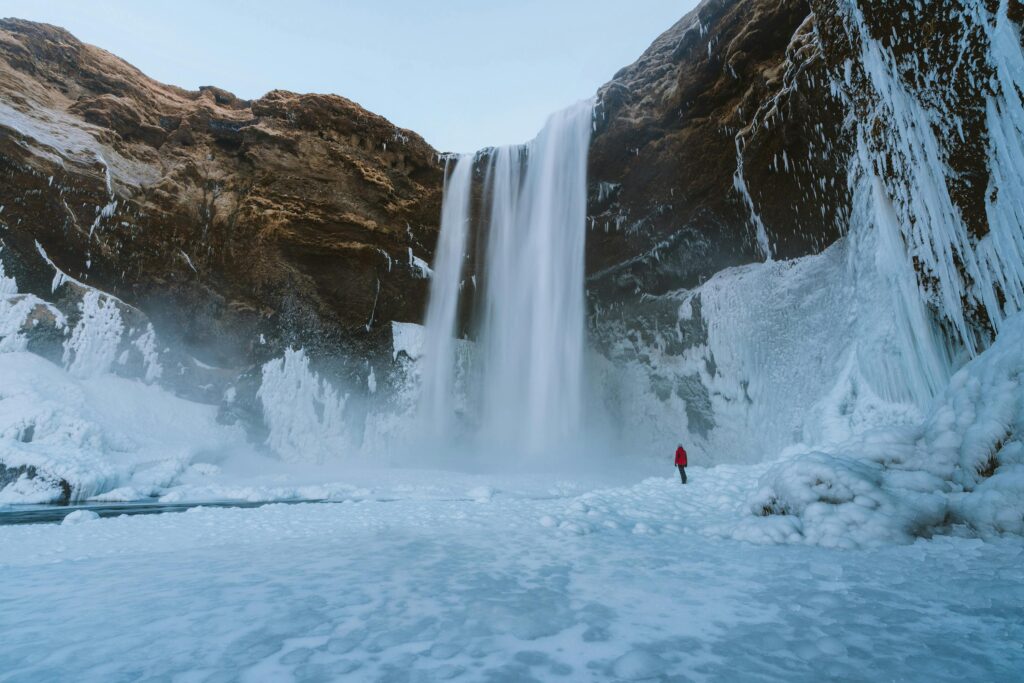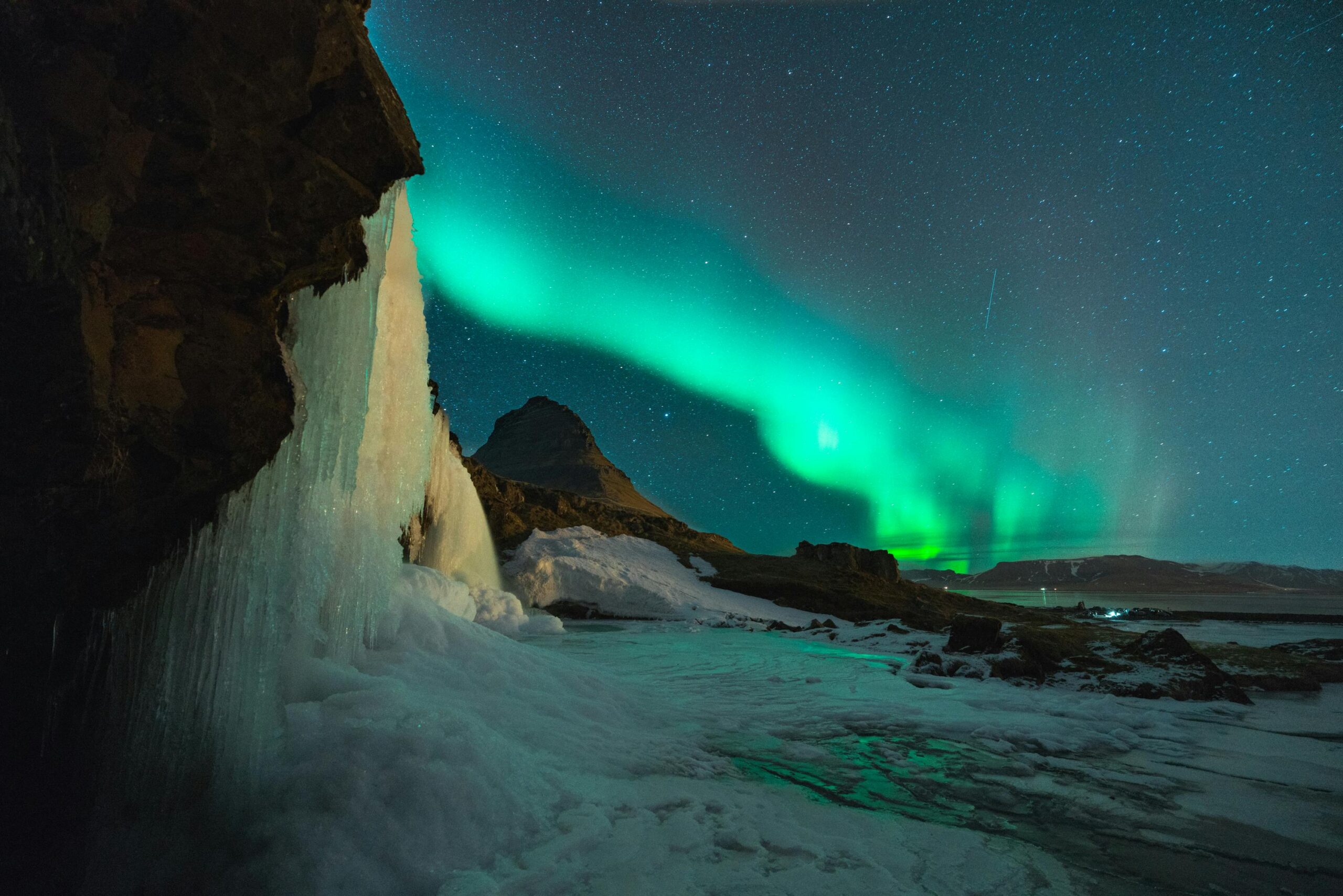For years, Iceland has been a top destination for travelers seeking breathtaking landscapes, Northern Lights, and unique cultural experiences. But behind the scenes, the country has relied heavily on tourism to fuel its economy. Now, Iceland’s leaders are pushing for a change—aiming to diversify its economy and reduce its dependence on the volatile tourism industry.

The Tourism Boom and Its Challenges
Tourism in Iceland skyrocketed over the past decade. Visitor numbers surged from 807,000 in 2013 to an estimated 2.2 million in 2023, making it a major contributor to the country’s GDP—accounting for over 33% in 2019. This boom also created thousands of jobs, directly employing around 26,800 people at its peak.
However, the industry’s rapid expansion also came with significant drawbacks:
- Economic Vulnerability: The COVID-19 pandemic proved how fragile tourism-dependent economies can be. Visitor numbers plummeted from 2 million in 2019 to just 486,000 in 2020, dealing a severe blow to Iceland’s economy.
- Environmental Impact: Iceland’s stunning landscapes have suffered from overcrowding, over-tourism, and increased pressure on natural resources.
- Cultural Displacement: The rise of mass tourism led to the commercialization of Reykjavík, where local cultural hubs and music venues were replaced by hotels and souvenir shops, diluting the city’s artistic identity.
A Shift Towards Economic Diversification
Recognizing these challenges, Iceland’s leadership is committed to developing a more balanced and resilient economy. President Halla Tomasdottir, elected in June 2024, has been vocal about reducing the nation’s reliance on tourism. She envisions a future where Iceland’s economy thrives on innovation, sustainability, and technological advancements.
Prime Minister Kristrún Frostadóttir echoes this sentiment, questioning the country’s historical reliance on aluminum exports and proposing a shift toward sustainable industries.
Key Sectors Driving the Transition
Iceland’s plan for economic diversification focuses on:
- Renewable Energy: The country already generates nearly 100% of its electricity from geothermal and hydroelectric power. Plans are in place to expand these resources into green industries, such as hydrogen fuel production and data centers powered by clean energy.
- Technology and Innovation: Encouraging investments in artificial intelligence, biotechnology, and digital services could create new job opportunities and position Iceland as a tech hub.
- Sustainable Fisheries: Iceland is leveraging its expertise in sustainable fishing practices to strengthen exports while preserving marine ecosystems.
- Special Economic Zones (SEZs): These zones aim to attract foreign investments and foster innovation-driven industries by offering tax incentives and business-friendly policies.
What This Means for Iceland’s Future
By diversifying its economy, Iceland is not just reducing its financial risks but also reinforcing its commitment to sustainability. With less pressure on tourism, the country can better preserve its landscapes while maintaining its cultural identity.

Frequently Asked Questions (FAQs)
1. Why is Iceland moving away from tourism dependency?
Tourism has made Iceland’s economy vulnerable to global events like pandemics and economic downturns. Diversification helps build resilience.
2. What new industries will replace tourism as a primary economic driver?
Iceland is investing in renewable energy, technology, sustainable fisheries, and innovation-driven industries to create new revenue streams.
3. How will this affect Iceland’s environment?
Reducing mass tourism will ease environmental pressures, helping to preserve Iceland’s natural wonders for future generations.
4. What role do Special Economic Zones (SEZs) play?
SEZs attract investors by offering incentives, fostering job creation, and accelerating economic growth in targeted sectors.
5. How will this impact Reykjavík’s cultural scene?
With less reliance on tourism, Iceland can focus on preserving its rich cultural heritage, supporting local artists, and maintaining its vibrant music and arts scene.
Conclusion
Iceland’s shift away from tourism dependency is a bold yet necessary move toward long-term sustainability. By harnessing renewable energy, fostering technological advancements, and preserving its culture, Iceland is setting a new example for small nations worldwide.
As the world watches this transition unfold, one thing is certain—Iceland is determined to build an economy that thrives beyond tourism, ensuring a more stable and prosperous future for generations to come.
Sources Bloomberg



